How to Tell Which Spark Plug Wire Goes Where?
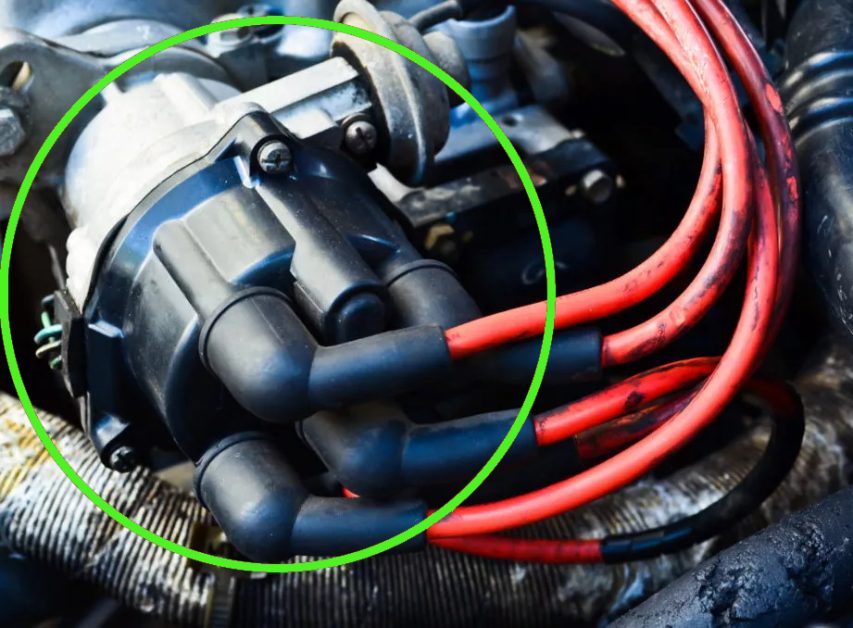
After reading this article, you will no longer be confused by multiple spark plug wires and where they go. This easy-to-understand guide will teach you how to tell which one goes where.
In general, to tell which spark plug wire goes where refer to the spark plug wiring diagram in your vehicle’s manual, or open the distributor cap to check the distributor rotor and locate the first firing terminal. The vital thing to know is the correct FIRING ORDER and which way the rotor turns.
I will go into more depth in my article below.
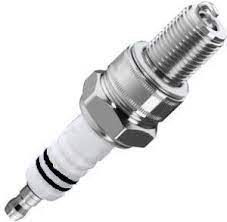
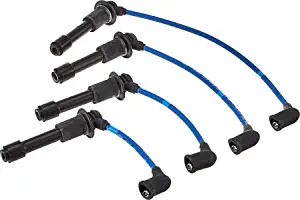
spark plug (left), and spark plug wires (right)
Where are Spark Plug Wires Located?
Usually, you will find the spark plugs on a cylinder head (next to the valve covers). The other ends of the wires connect to the distributor cap. In newer cars, you may see ignition coils in place of the distributor cap.
Are Spark Plug Wires Numbered?
Numbered spark plug wires are helpful to determine which one goes where, but this is not always the case, and the order in which they are put is not necessarily sequential. Another clue to knowing the order may be their varying lengths.
Finding Out Which Spark Plug Wire Goes Where
There are two methods to find out which spark plug wire goes where:
Method 1: Check the Spark Plug Wire Diagram
The best way to know how to change a spark plug wire is by consulting the vehicle owner’s manual. A detailed manual should contain a spark plug wiring diagram to show you exactly which wire goes where, i.e., the correct configuration.
An example of a spark plug wiring diagram is shown below. If you don’t have access to your manual, don’t worry. We will show you how to check the main housing for all the spark plug wire connections called the ‘distributor cap.’
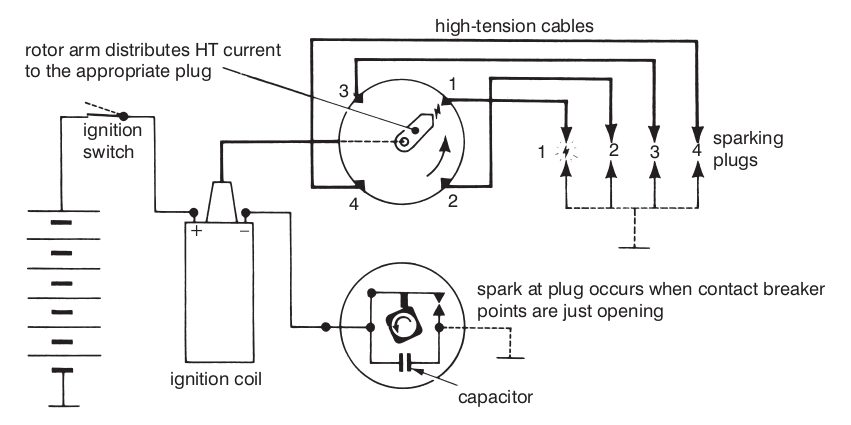
Method 2: Open the Distributor Cap
It would help if you looked for the ignition system distributor in the engine bay (see picture above).
The distributor cap is a round component that contains all the spark plug wire connections. Usually, you only need to remove a couple of latches with a screwdriver to uncover it. Under this cap, you will see the ‘distributor rotor.’
The distributor rotor rotates in line with the turning of the crankshaft. The rotor is manually rotatable in either a clockwise or anticlockwise direction (only in one of the two possible directions). Check which direction the distributor rotor in your vehicle turns.
The Consequence of Inserting Spark Plugs Incorrectly
Spark plugs are made to spark one at a time in a precise sequence called the firing order.
If you insert them incorrectly, they will not be able to fire in the correct order. Consequently, the engine will misfire in the cylinder. This could cause unburned fuel to gather and flow through the exhaust. The catalytic converter and specific sensors are most susceptible to damage. In short, wrongly inserted spark plugs will cause engine misfires and lead to damage to other parts of the engine.
Conversely, if your engine misfires, it could signify worn spark plugs or the spark plug wires being in the wrong order.
Inspecting Spark Plugs
When inspecting spark plugs, you may need to remove them. Knowledge of which spark plug wire goes where comes in handy in these situations. Sometimes, you might only need to replace a specific spark plug or a spark plug wire, so knowing which one to change is also important. Here are some inspections you can do:
Conducting a General Inspection
Before conducting a physical inspection, detach the spark plug wires and wipe them clean. Then, inspect the spark plugs in the following order:
- While inspecting them individually, look for any cuts, scorch marks, or other signs of damage.
- Check for corrosion between the spark plug, insulation boot, and coil. (1)
- Check the spring clips connecting the spark plug wires to the distributor.
Checking Spark Plugs for Electrical Arcs
Before you check the spark plugs for electrical arcs, remember not to touch the wires to avoid the possibility of an electric shock. (2)
With all the spark plugs at both ends, turn the engine on and look for any signs of electrical arcs around the spark plug wires. If there is any voltage leakage, you might also hear snapping sounds.
Conducting a Resistance Test
Note: You will need a multimeter to conduct a resistance test and set it according to your vehicle’s manual guidelines.
Take out each spark plug wire and place its ends on the multimeter’s probes (as indicated in the manual). You can safely put the spark plug wire back in if the reading is within the specified range.
Replacing Spark Plugs
When replacing spark plugs, you must know how to wire them correctly. If done incorrectly, the engine could fail to start.
Replace the Spark Plug Wires One at a Time
An easy way to get the correct spark plug wires connected to the proper terminals is to replace them one at a time. You can also use a unique spark plug wire removal tool called a ‘T-Bar Handle’ (see picture below).
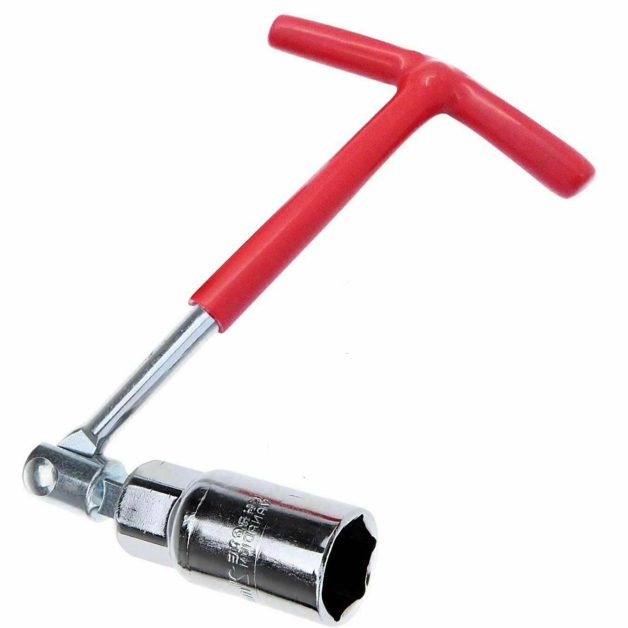
If for some reason, this is not possible, you will have to identify the first wiring terminal, know what type of engine you have, know the correct firing order for it, and whether the rotor turns clockwise or anticlockwise.
Locate the First Firing Terminal
It would help if you located the first firing terminal. Inside the distributor, you will see the ends of four spark plugs connected to four terminals. If you’re lucky, the first spark plug will already be marked as Number 1. This wire connects to the first cylinder.
In a typical 4-cylinder engine, the cylinders may be numbered from 1 to 4, and the first is probably located near the engine’s front.
Attach the Spark Plug Wires
Once you have connected the first spark plug wire to the first cylinder, you will have to connect the remaining spark plug wires in the correct firing order.
You can turn the distributor rotor to follow where each spark plug wire leads. It will turn either clockwise or anticlockwise (only in one direction). The second terminal will be connected to the second spark plug until you reach the fourth spark plug. See an example further below.
Firing Order
Depending on your vehicle, the firing order may be indicated in the table below. To be sure, you must check the manual specific to your car. Consider this information only as a likelihood.
| Engine Type | Firing Order |
| Straight 3-cylinder engine | 1-2-3 or 1-3-2 |
| Straight 4-cylinder engine | 1-3-4-2 or 1-2-4-3 |
| Straight 5-cylinder engine | 1-2-4-5-3 |
| Straight 6-cylinder engine | 1-5-3-6-2-4 |
| V6 6-cylinder engine | 1-4-2-6-3-5 or 1-5-3-6-2-4 or 1-4-5-2-3-6 or 1-6-5-4-3-2 |
| V8 8-cylinder engine | 1-8-4-3-6-5-7-2 or 1-8-7-2-6-5-4-3 or 1-5-4-8-6-3-7-2 or 1-5-4-2-6-3-7-8 |
An Example of a 4-cylinder Engine
If you have a 4-cylinder engine, the standard firing order would be 1-3-4-2, and the first firing terminal (#1) will be attached to the first cylinder. After turning the distribution rotor once (either clockwise or anticlockwise, but not both), the following terminal will be #3, which should be attached to the third cylinder. Doing this again, the next will be #4, and the last will be #2.
Take a look at some of our related articles below.
- How to test spark plug with multimeter
- How to test ignition coil with multimeter
- How to stop spark plug wires from arcing
References
(1) corrosion – https://www.sciencedirect.com/topics/engineering/corrosion
(2) electrical shock – https://www.mayoclinic.org/first-aid/first-aid-electrical-shock/basics/art-20056695
